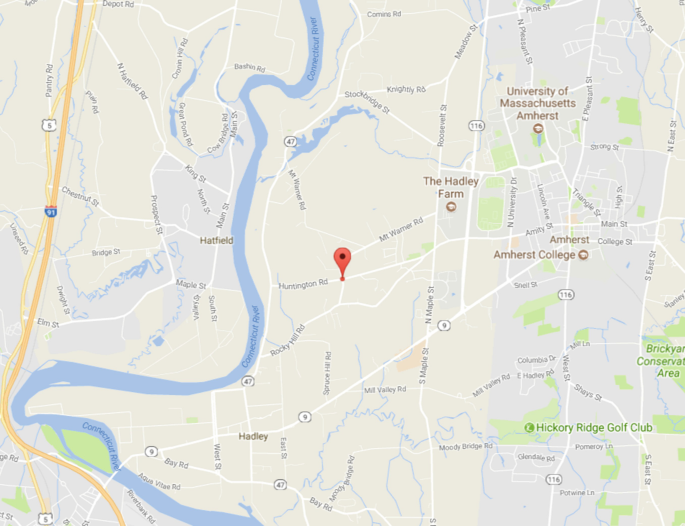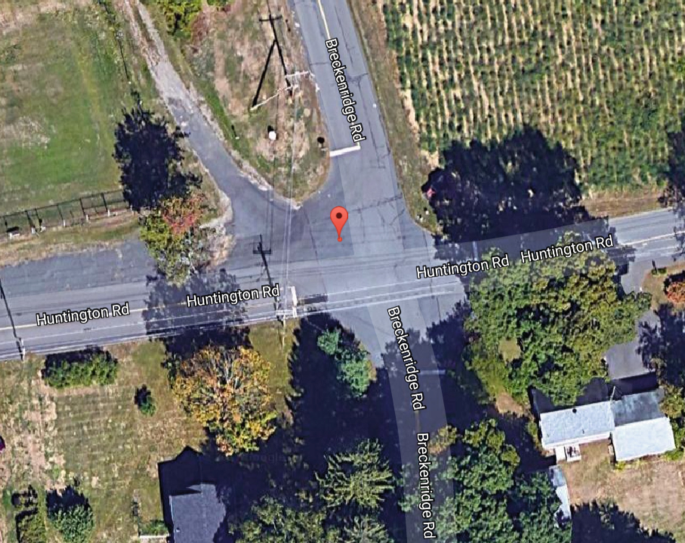Abstract
Traffic signals are like a piano. Well-tuned and on trained hand, beautiful music flows. However, improperly handled and on untrained hand, agitation and dissatisfaction frequently occur. Due to its nature of restrictive control, signalization has been widely viewed as the universal solution to intersection problems. When traffic signal control is justified and properly designed, it may achieve orderly traffic movement, reduce the frequency of certain types of accidents, and coordinate continuous flow of traffic. However, unjustified, poorly designed, or improperly operated traffic signals may reduce movement efficiency by increasing the frequency and severity of some types of accidents, reducing intersection capacity, producing excessive intersection delay, and encouraging disobedience to signal indications. The focus of this chapter is the need studies that warrant intersection signalization, while the rest of the book deals with traffic signal design to ensure safe and efficient traffic movement.
This is a preview of subscription content, log in via an institution.
Buying options
Tax calculation will be finalised at checkout
Purchases are for personal use only
Learn about institutional subscriptionsNotes
- 1.
Manual on Uniform Traffic Control Devices (MUTCD) – Federal Highway Administration (FHWA), an agency of the U.S. Department of Transportation. URL: https://mutcd.fhwa.dot.gov/pdfs/2009r1r2/mutcd2009r1r2edition.pdf.
Author information
Authors and Affiliations
End-of-Chapter Problems
End-of-Chapter Problems
Hour | EB | WB | NB | SB |
|---|---|---|---|---|
1 | 30 | 30 | 25 | 25 |
2 | 30 | 30 | 50 | 50 |
3 | 50 | 50 | 75 | 100 |
4 | 50 | 50 | 150 | 150 |
5 | 75 | 100 | 250 | 200 |
6 | 100 | 250 | 400 | 300 |
7 | 125 | 400 | 500 | 350 |
8 | 150 | 450 | 500 | 350 |
9 | 200 | 375 | 450 | 300 |
10 | 250 | 300 | 200 | 200 |
11 | 200 | 300 | 150 | 150 |
12 | 150 | 150 | 150 | 150 |
13 | 100 | 100 | 150 | 150 |
14 | 100 | 100 | 150 | 200 |
15 | 100 | 75 | 150 | 200 |
16 | 250 | 100 | 200 | 250 |
17 | 325 | 125 | 350 | 250 |
18 | 375 | 150 | 400 | 300 |
19 | 400 | 150 | 350 | 450 |
20 | 425 | 150 | 350 | 450 |
21 | 325 | 100 | 200 | 200 |
22 | 150 | 75 | 100 | 100 |
23 | 100 | 50 | 50 | 50 |
24 | 50 | 25 | 50 | 50 |
-
1.
Given the intersection and data in this problem, determine whether the data support each of the signal warrants. For each warrant, indicate whether the warrant is:
-
(a)
met
-
(b)
not met
-
(c)
not applicable
-
(d)
insufficient information to assess.
In the end, based on the above, indicate:
-
(a)
whether a signal is warranted,
-
(b)
the type of signalization that should be considered, and
-
(c)
whether pedestrian signals and/or push buttons are recommended.
In all cases, assume that no warrants are met for the hours that are not included in the study data.

Note:
Area Population: 75,000
Approach Speeds: 35 mi/h
Four-way STOP Control in place.
-
(a)
-
2.
The intersection of Huntington Rd and Breckenridge Rd in Hadley, MA is under analysis for signalization. The figure below shows the location of the intersection and the next figure is a satellite image of the intersection. Currently, the intersection is controlled by four-way STOP signs. However, traffic demand as well as crash history at this location may warrant intersection signalization. As a transportation engineering professional, you are asked to conduct a signal warrant analysis study for the town.


The following data were obtained from field data collection:
-
(a)
Traffic counts on an average day are listed in the table below. Note that the posted speed limit is 30 mph on major street and the intersection lies within the built-up area of an isolated community having a population of less than 10,000.
Time
Major St EB
Major St WB
Major St total
Minor St higher
07:00 AM–08:00 AM
455
457
912
268
08:00 AM–09:00 AM
422
408
830
218
09:00 AM–10:00 AM
341
290
631
146
10:00 AM–11:00 AM
323
258
580
165
11:00 AM–12:00 PM
355
264
619
322
12:00 PM–01:00 PM
417
276
693
152
01:00 PM–02:00 PM
395
295
690
144
02:00 PM–03:00 PM
394
291
684
183
03:00 PM–04:00 PM
470
362
831
245
04:00 PM–05:00 PM
588
433
1021
381
05:00 PM–06:00 PM
629
440
1069
270
06:00 PM–07:00 PM
404
359
763
164
-
(b)
Crashes reported by the County Sheriff’s Office and State Patrol were assessed for the 3-year period starting January 1, 2017 and ending December 31, 2019.
Year
Angle
Rear-end
2017
4
0
2018
4
2
2019
4
3
-
(c)
Pedestrians crossing major street on the same day as above.
Time
Pedestrians
07:00 AM–08:00 AM
10
08:00 AM–09:00 AM
44
09:00 AM–10:00 AM
82
10:00 AM–11:00 AM
45
11:00 AM–12:00 PM
19
12:00 PM–01:00 PM
34
01:00 PM–02:00 PM
89
02:00 PM–03:00 PM
87
03:00 PM–04:00 PM
39
04:00 PM–05:00 PM
76
05:00 PM–06:00 PM
58
06:00 PM–07:00 PM
88
-
(d)
Hadley Middle School is located in this area and there are 15 schoolchildren crossing major street during the highest crossing hour on the same average day as above. A field study has been conducted during the 30-min period when the schoolchildren are using the crossing, and found that 35 adequate gaps are available during that period. Currently, schoolchildren cross the street on their own without any other remedial measures.
-
(e)
Since the intersection is located in an isolated area, it is not in coordination with any other traffic signals.
-
(f)
There is no railroad grade crossing near the intersection.
Given the intersection and data in this problem, determine whether the data support each of the signal warrants. For each warrant, indicate whether the warrant is:
-
(a)
met
-
(b)
not met
-
(c)
not applicable
-
(d)
insufficient information to assess.
In the end, based on the above, indicate:
-
(a)
whether a signal is warranted,
-
(b)
the type of signalization that should be considered, and
-
(c)
whether pedestrian signals and/or push buttons are recommended.
In all cases, assume that no warrants are met for the hours that are not included in the study data.
-
(a)
-
3.
Determine if the intersection described below justifies installation of a traffic signal based on the traffic volume criteria for Warrant 1, conditions A and B.
-
(a)
Major St. has two lanes in each direction
-
(b)
Minor St. has one lane per direction
-
(c)
Located in suburb of a major metropolitan area
-
(d)
Speed limit on both roads is 45 mph
Identify how many hours are met for each warrant and clearly state your recommendations.
Time
Major St.
Minor St.
6–7 AM
764
139
7–8 AM
825
161
8–9 AM
985
76
9–10 AM
976
56
10–11 AM
768
63
11–12 NOON
904
158
12–1 PM
689
123
1–2 PM
645
175
2–3 PM
706
188
3–4 PM
928
178
4–5 PM
943
197
5–6 PM
950
153
6–7 PM
910
142
-
(a)
Rights and permissions
Copyright information
© 2020 Springer Nature Switzerland AG
About this chapter
Cite this chapter
Ni, D. (2020). Warrants of Traffic Signals. In: Signalized Intersections. Springer, Cham. https://doi.org/10.1007/978-3-030-38549-1_2
Download citation
DOI: https://doi.org/10.1007/978-3-030-38549-1_2
Published:
Publisher Name: Springer, Cham
Print ISBN: 978-3-030-38548-4
Online ISBN: 978-3-030-38549-1
eBook Packages: EngineeringEngineering (R0)




